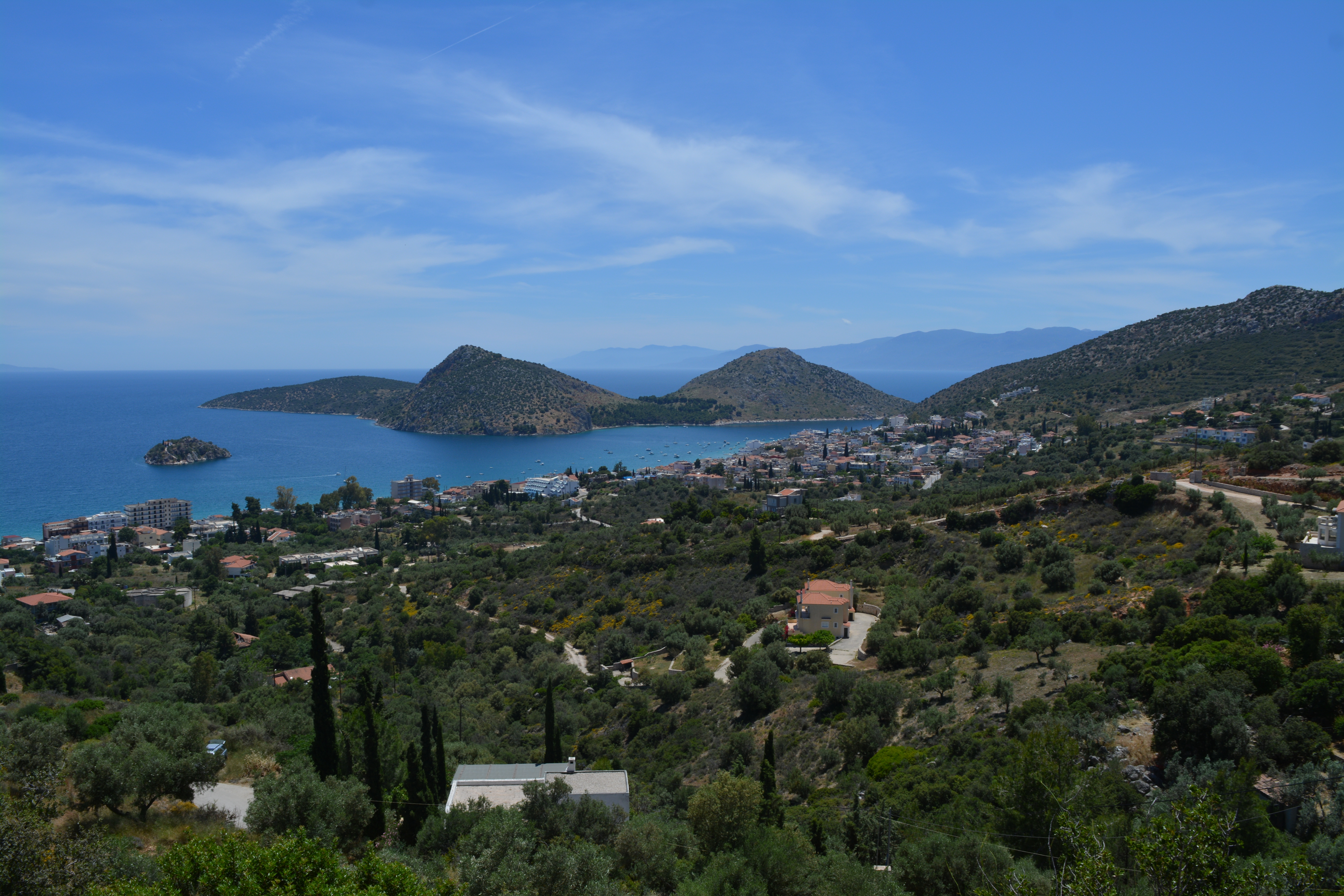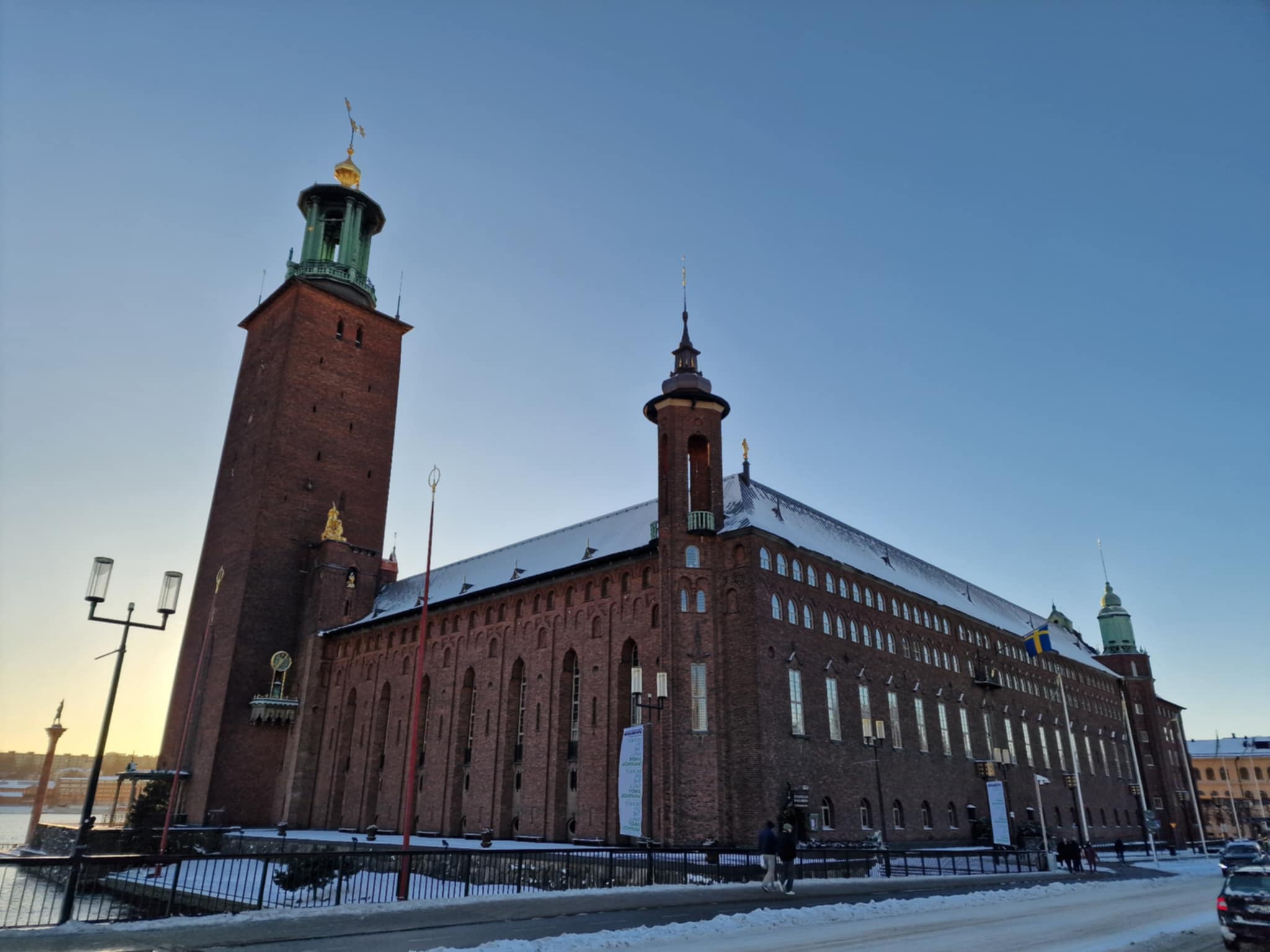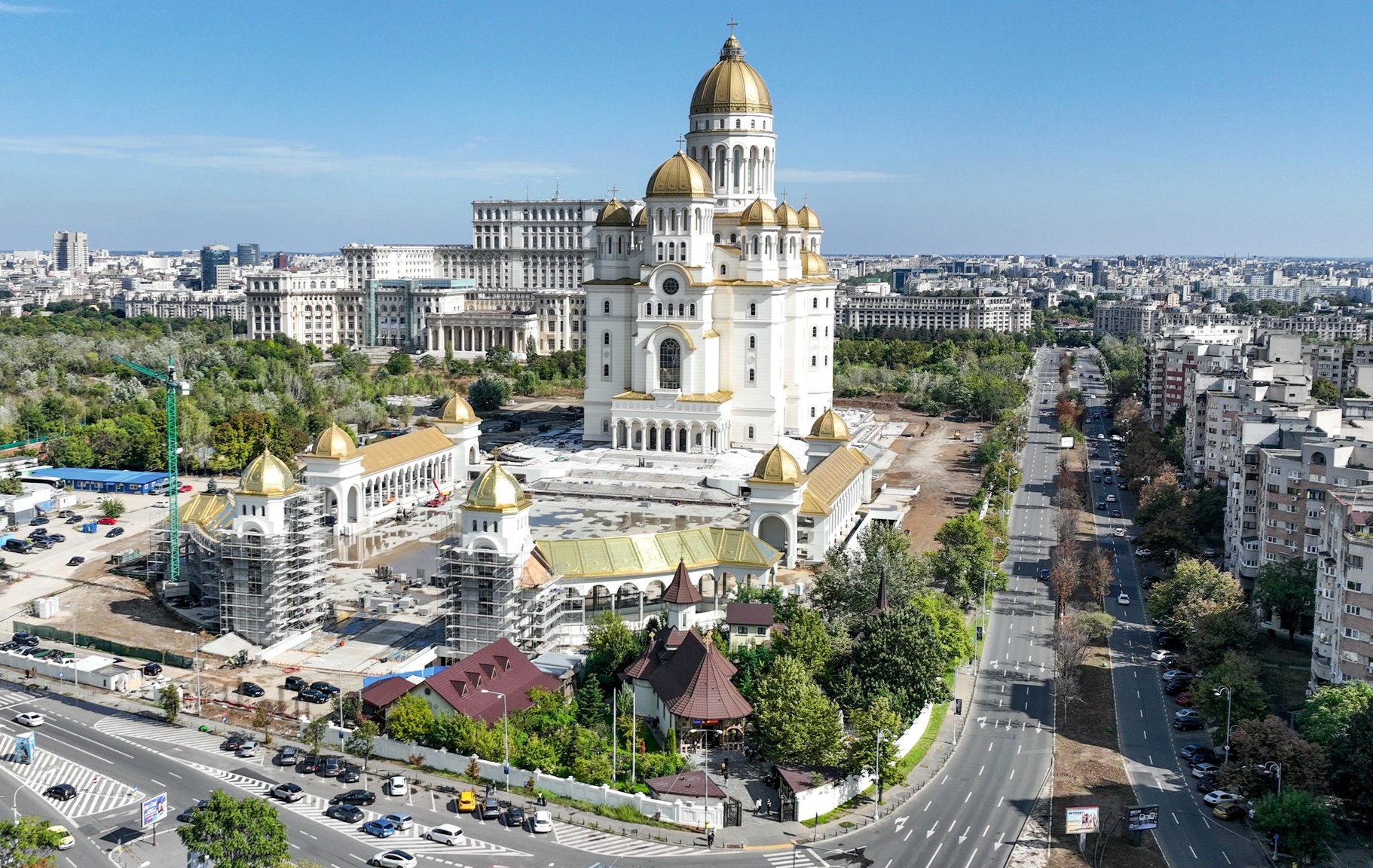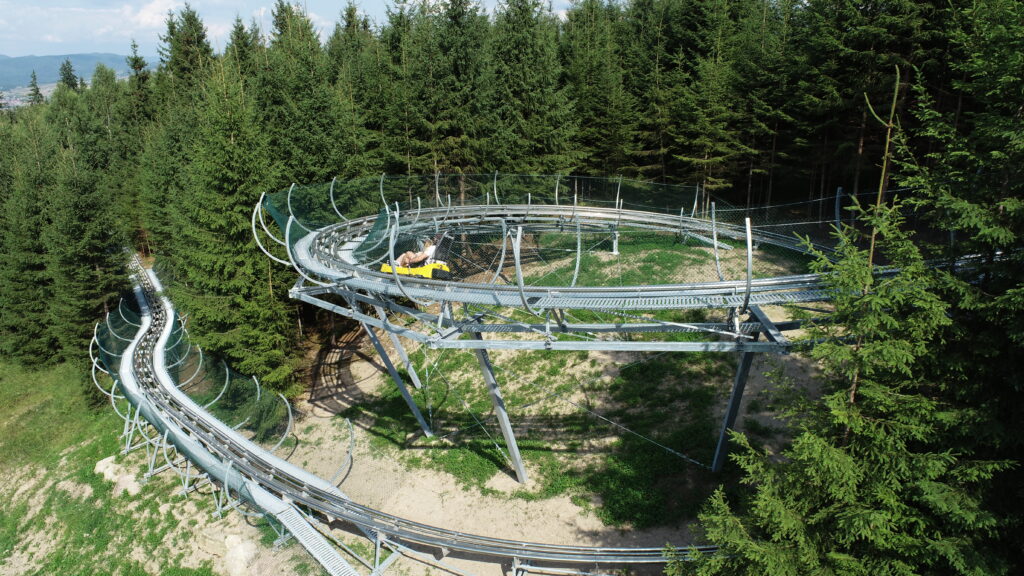Peloponnese from Greece
The Peloponnese is the southmost extremity of the Balkan peninsula being. Itself a peninsula, the largest of Greece, it is linked to the Greek mainland by a narrow neck of land, the Isthm of Corinth, only 5 km wide. The Peloponnese covers an area of 21439 sq. km and has a population of 1.086.935. The terrain is mountainous, leveling out to fertile alluvial plains at the head of inlets and along the coast.
The morfology of the area and its favorable geographical situation have played an important part in the history of Peloponnese, attracting many people of similar or different origins.
Today it is divided into seven prefectures, still preserving the names they bore in antiquity and approximately the same boundaries: The Argolid, Corinthia, Achaea, Elis, Messenia, Laconia and Arcadia.
A mythical land of which every corner brings to mind some greek myth, The Peloponnese is composed of images and music, the scent of the sea, of the mountains, of grapes, olives and citrus. The cities, towns and spas of the region were important centres in antiquity, and remain so today.
Each region of the Peloponnese offers special interest to the visitor, both because of the unique grandeur and beauty of the scenery and because of many archaeological sites, where the past is so vividly present.
Villages seem to grow out of the gray rock, the wild stones next to the hostile furze. Other villages lie by the vast open sea, but everywhere the people are vital, hospitable and proud.
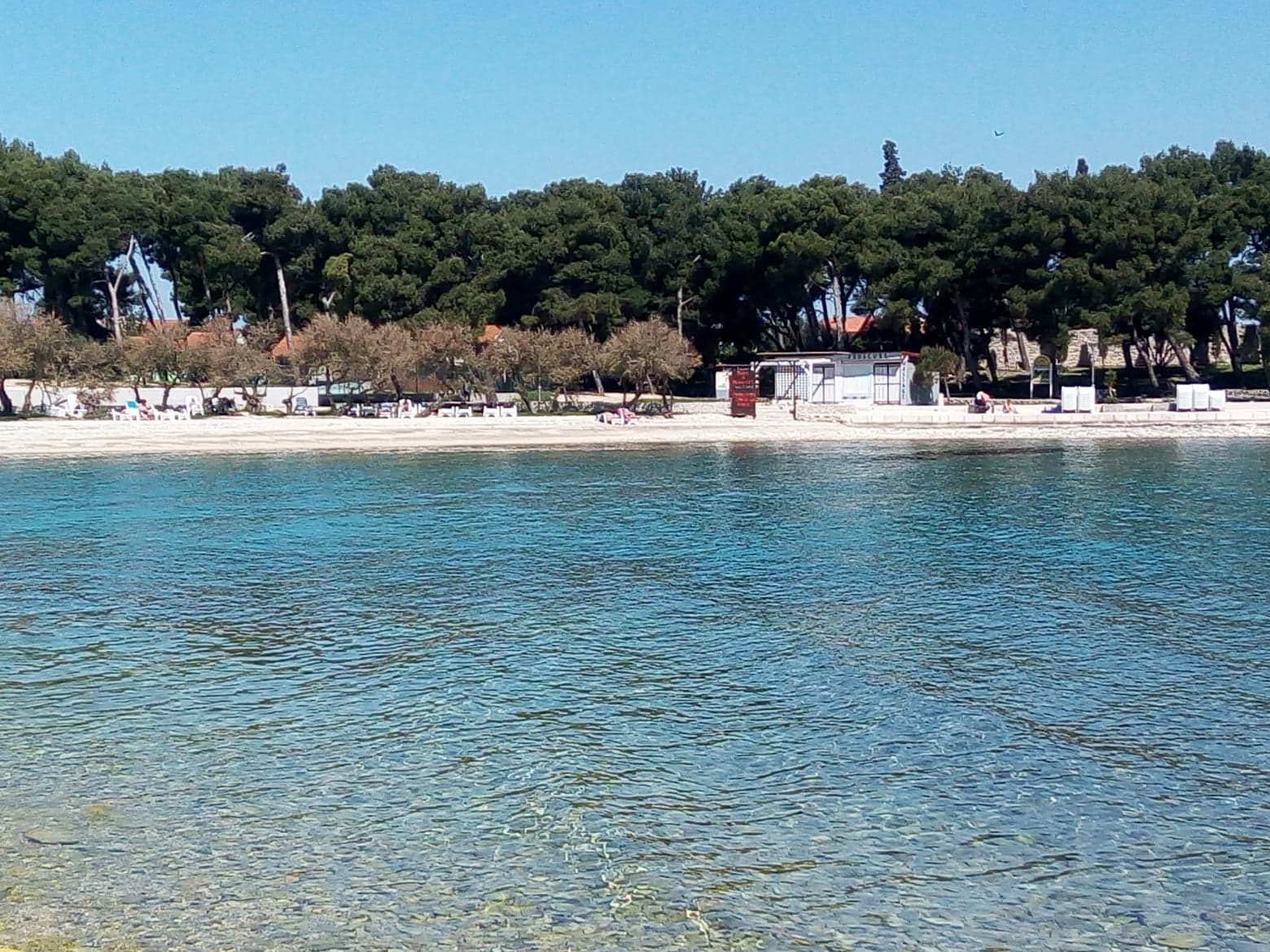
Argolis
On this “flaming red Argive earth where the poppy flames still brighter” you will hear the most sublime voices of the Greek land, Homer, Aeschylus, Sophocles. The Argolid was the heart of Greece from 1600 to 1110 BC under the Mycenaeans. Ia an amazing place who waiting to be explored.
With their decline, the Dorians controlled the fate of the region until the conquest of the country by the Romans. During the Byzantine era the Argolid shared the fortune of the rest of the Peloponnese. It was ruled by the Franks and surrendered to the Turks in 1460. Nafplio becomes the capital of the newly formed Greek state from 1828 to 1834, when this role passed to Athens.
Ancient Asine
Ancient Asine has been identified with the rocky promontory, today called Kastraki, by the village of Tolo. The excavations began in the 1920’s by a French team but were continued by the Swedish after the Crown Prince of Sweden visited the site.
Asine was never a major site in the Argolid but it nevertheless played an important role as a wellprotected harbour during its history
They investigated the Acropolis and the parts of the southern and eastern slopes of the Barbouna hill across it. It was found that people had lived in the area more or less continuously since the Early Bronze Age or the beginning of the third millennium BC until late Antiquity, approximately the fourth century AD. Its strategic importance is very much in evidence at the site, where today mainly the Hellenic fortifications are preserved. Thery were repaired in Ottoman times and reused by the Italian occupation forces during the Second World War. Today, within the site there is a church dedicated to Virgin Mary
Thanks to the incredible variety of landscapes and the many options offered to visitors, the Peloponnese is gradually turning into an increasingly attractive destination. Lakes and springs embedded in scenic landscapes with fantasmagoric colors all year round surround the hills in Arcadia and Corinth. Beaches of great beauty are found in Messinia and Lakonia. The road network is good and a visit to the Peloponese is definitely worth it, being an extraordinary experience.







